Budapest is a cultural epicentre where folk music resonates as an echo of the past. This tradition, deeply rooted in the national identity, has evolved along with society, adapting to historical changes while preserving its unique essence. Below, we explore traditional instruments, musical styles, venues for live performances, representative artists and groups, the history and evolution of Hungarian folklore, and its influence on contemporary music.
Traditional Instruments and Musical Styles
Hungarian folk music is distinguished by its diversity of instruments, each with a specific role in creating its characteristic sound. Among the most emblematic are:
- Citera: A plucked string instrument, similar to a zither, used by shepherds and easy to build.
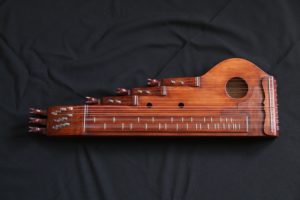
- Cimbalom: A hammered dulcimer that produces a resonant sound, essential in folk ensembles.

- Duda: A bagpipe made from sheep or goat skin, historically used in religious ceremonies.
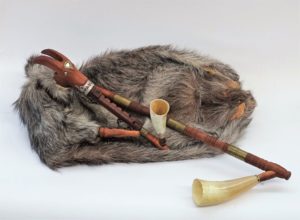
- Tárogató: A wooden wind instrument with a melancholic tone, similar to a clarinet.
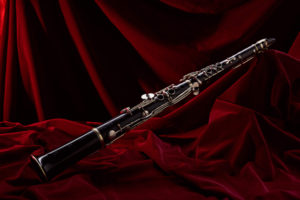
- Tambura: A long-necked lute that adds vibrant rhythms to folk music.
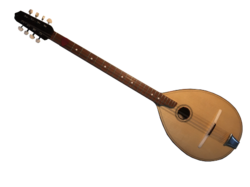
- Tülök: A shepherd’s horn used for signaling, made from Hungarian grey cattle horn.
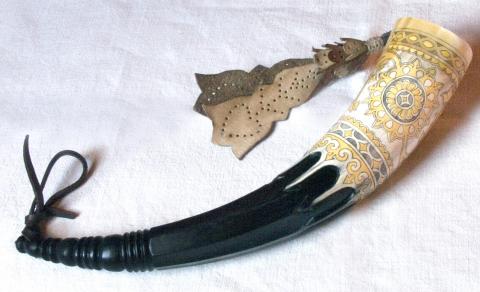
- Tekerőlant: A hurdy-gurdy that produces a continuous sound, similar to a bagpipe.
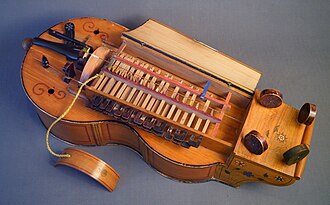
These instruments give life to distinctive musical styles. The verbunkos, originating in the 18th century as a military conscription dance, combines slow and fast sections, reflecting the contrasting Hungarian character. The csárdás, another popular dance, alternates slow (lassú) and fast (friss) rhythms, creating a dynamic experience. Both styles use pentatonic scales and dactylic rhythms, unique to Hungarian music.
Places to Listen to Live Folk Music
Budapest offers a variety of locations where visitors can immerse themselves in Hungarian folk music. Some of the highlights include:
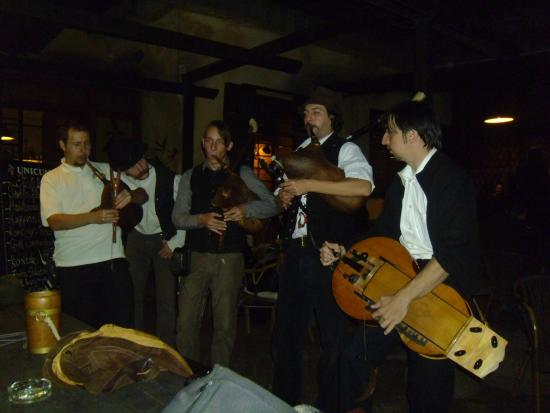
- Kobuci Kert: Located in the courtyard of the Zichy Castle in Óbuda, this open-air venue is known for its folk music concerts, jazz and Táncház events, which combine traditional music and dance. Open from April to September, it is an ideal place to enjoy the festival atmosphere.
- Pótkulcs: A bohemian bar in District VI, popular with local artists. It offers intimate performances of folk bands, jazz and gypsy music, with a relaxed atmosphere and an open-air terrace in summer.
- Aranytiz Cultural Centre: This cultural centre hosts professional performances by ensembles such as the Hungarian State Folk Ensemble, Rajko Folk Ensemble and Danube Folk Ensemble, offering an authentic music and dance experience.
- Táncháztalálkozó: An annual folk music and dance festival in Budapest that brings together musicians and dancers from all over the country, ideal for experiencing the vitality of the Táncház movement.
These venues offer everything from intimate performances to large-scale spectacles, ensuring something for everyone.
Representative Groups and Artists
Hungarian folk music is represented by a mix of traditional ensembles and contemporary bands that have revitalised the genre. Some of the most prominent are:
- Hungarian State Folk Ensemble: One of the most prestigious ensembles, known for its authentic performances of Hungarian folk music and dance.
- Muzsikás: A group that has gained international recognition for its dedication to traditional music, collaborating with global artists.
- Márta Sebestyén: An iconic singer whose voice has popularized Hungarian folklore, featured in the soundtrack of The English Patient.
- Csík Zenekar: A contemporary band from Kecskemét that blends folk with rock and pop, winner of the Kossuth and Phonogram Awards.
- Kerekes Band: Founded in 1995, it mixes acoustic folk music with electronics, inspired by the legacy of Hungarian outlaws.
- Bordó Sárkány: Combines Hungarian folk with Sephardic Jewish, Celtic, and Catalan motifs, using acoustic instruments.
These artists and groups have kept the tradition alive while adapting it for modern audiences.
History and Evolution of Hungarian Folklore

Hungarian folk music has deep roots dating back to the intersection of Ugric and Eastern Turkic peoples between the 5th and 8th centuries. These Asian influences, combined with European elements, have shaped a unique musical style. According to studies, some Hungarian melodies share similarities with the music of the Mari people of Russia, dating back 2,500 years.
In the 11th century, the first instruments, such as the whistle (síp) and the koboz, were documented, while secular music flourished at community festivals. During the 16th century, Transylvania became a musical centre, with publications such as the lute compositions of Bálint Bakfark. The division of Hungary after the Battle of Mohács (1526) limited musical development, but folk music persisted in regions such as Transylvania.
The 18th century saw the rise of the verbunkos, a military recruiting dance that prioritised melody over lyrics. In the 19th century, modern folk music evolved with arching melodic lines and strict rhythmic structures, documented by Béla Vikár in 1895. Composers such as Béla Bartók and Zoltán Kodály collected thousands of folk songs, integrating them into classical music and preserving the tradition.
The Táncház movement in the 1970s marked a revival, reacting against the state-supported homogenisation of folk music. Inspired by rural Transylvanian music, this movement combined music and dance in community events, led by figures such as Béla Halmos and Ferenc Sebő. Today, Táncház remains a vital force in the preservation of folklore.
The Influence of Folklore on Contemporary Music
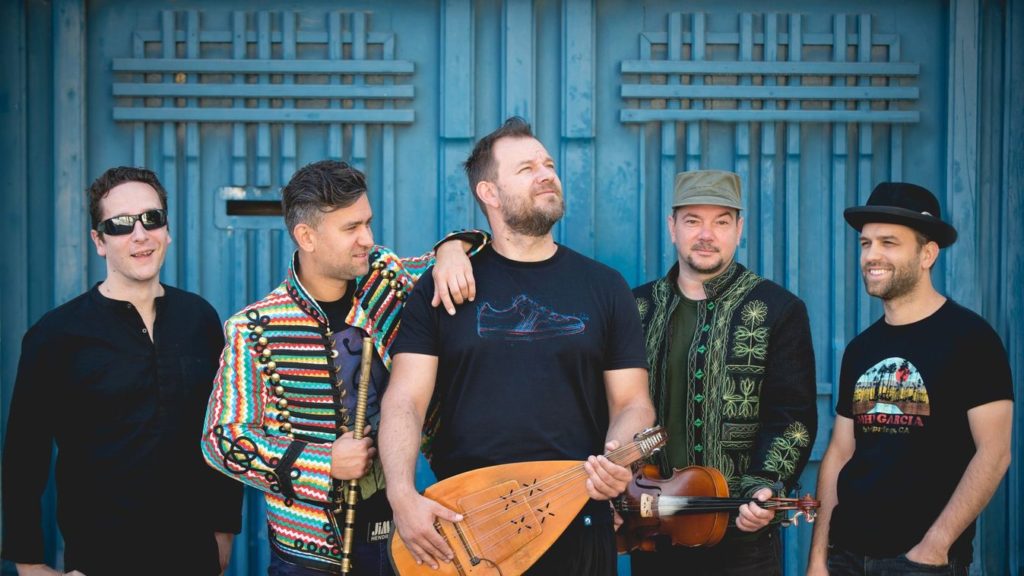
Hungarian folk music has left a significant mark on contemporary music, both in Hungary and internationally. In the 20th century, composers such as Bartók and Kodály incorporated folk melodies and rhythms into their classical works, influencing global academic music. For example, Franz Liszt’s Hungarian Rhapsodies, although based on gypsy music, popularised folk elements.
In the modern scene, bands like Kerekes Band combine traditional instruments, such as the shepherd’s flute, with electronics, creating an innovative sound. Bagossy Brothers Company, a rock band from Transylvania, integrates folk-rock elements, while Csík Zenekar explores fusions with indie and pop. These bands demonstrate how Hungarian folklore remains relevant, adapting to contemporary genres while honouring its roots.
In addition, the Táncház movement has inspired young musicians to explore traditional music, ensuring its continuity. The influence of folklore also extends to Gypsy music, often confused with Hungarian folklore, which has enriched styles such as csárdás and verbunkos.

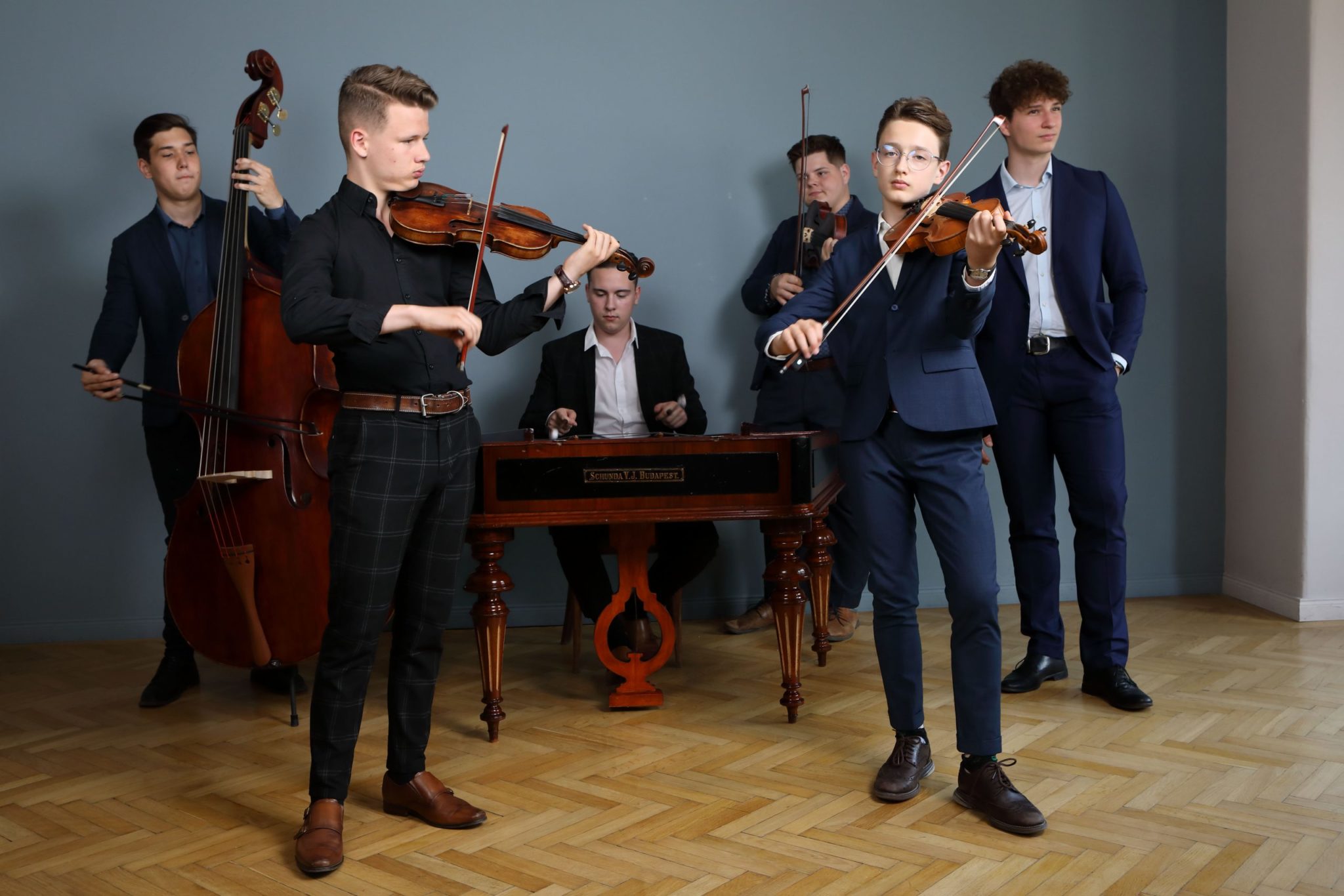
Comments are closed.